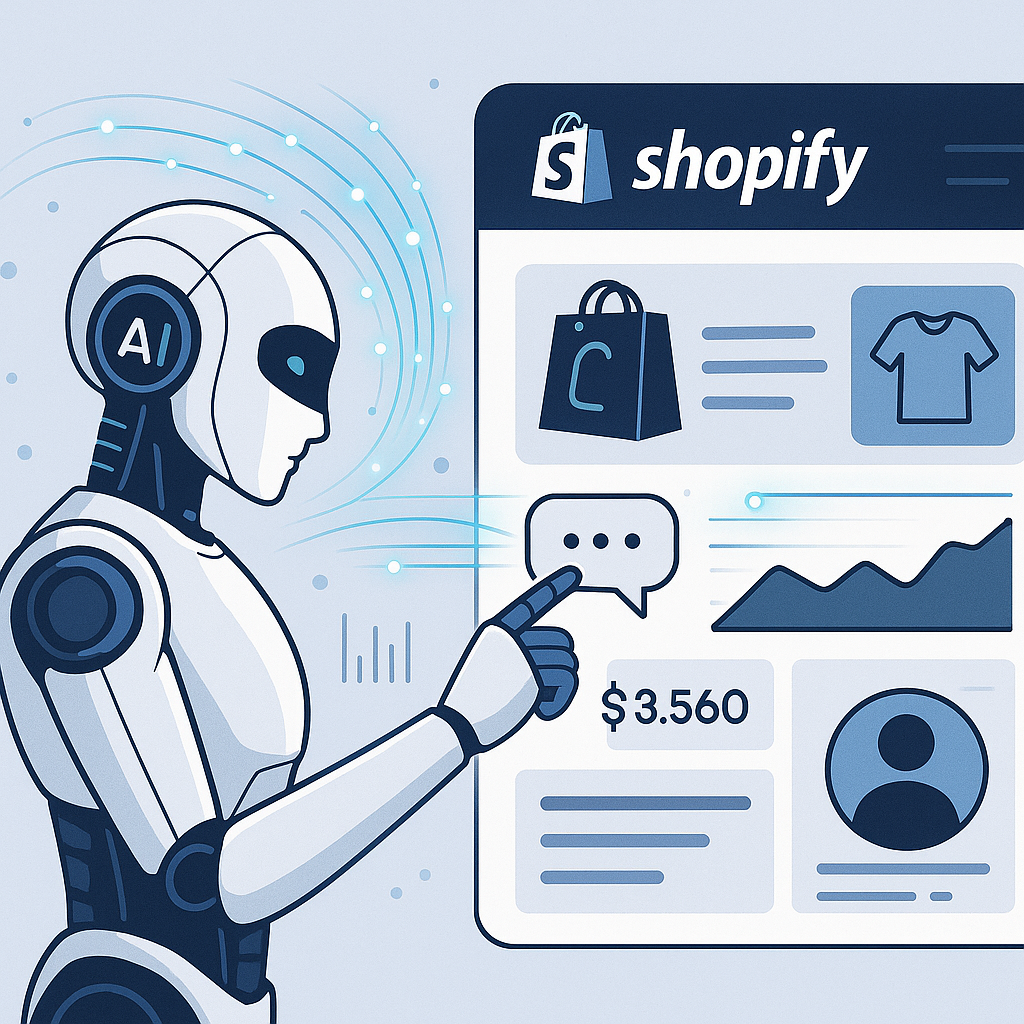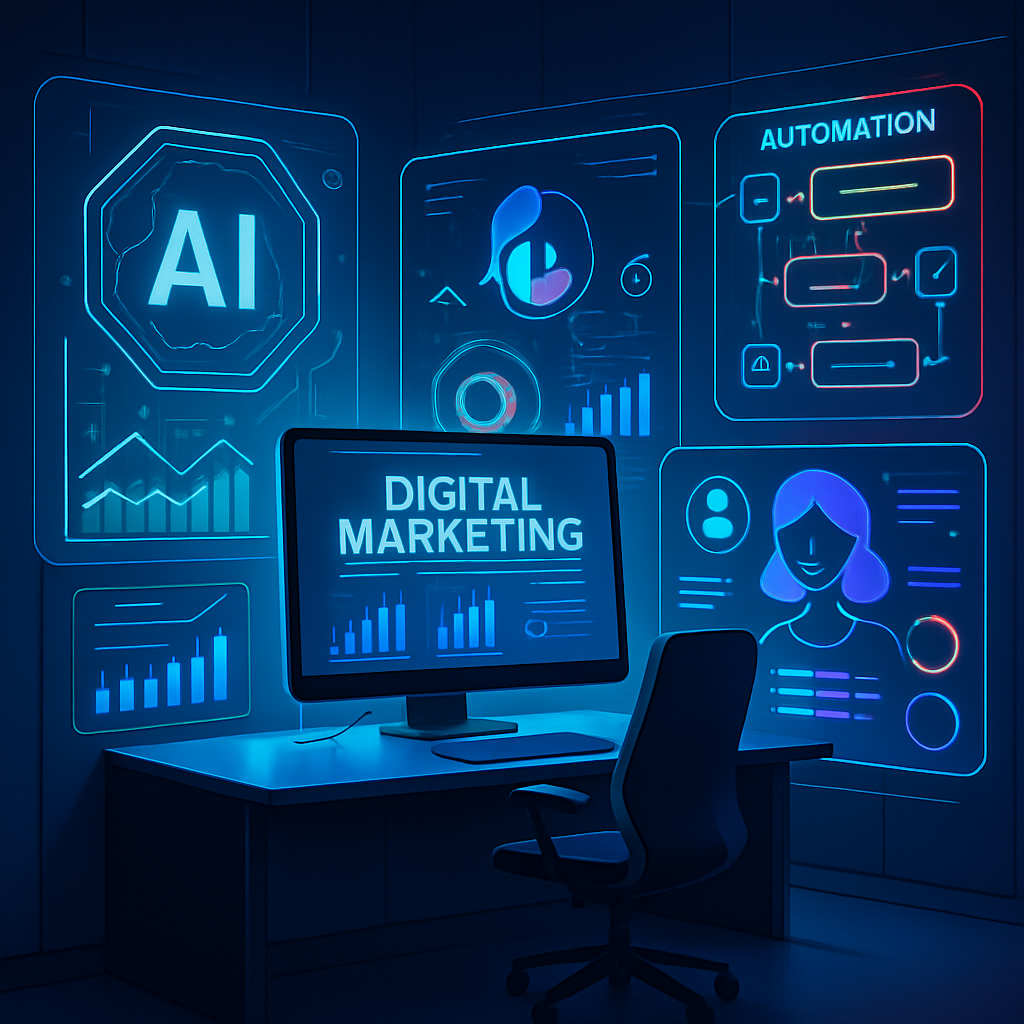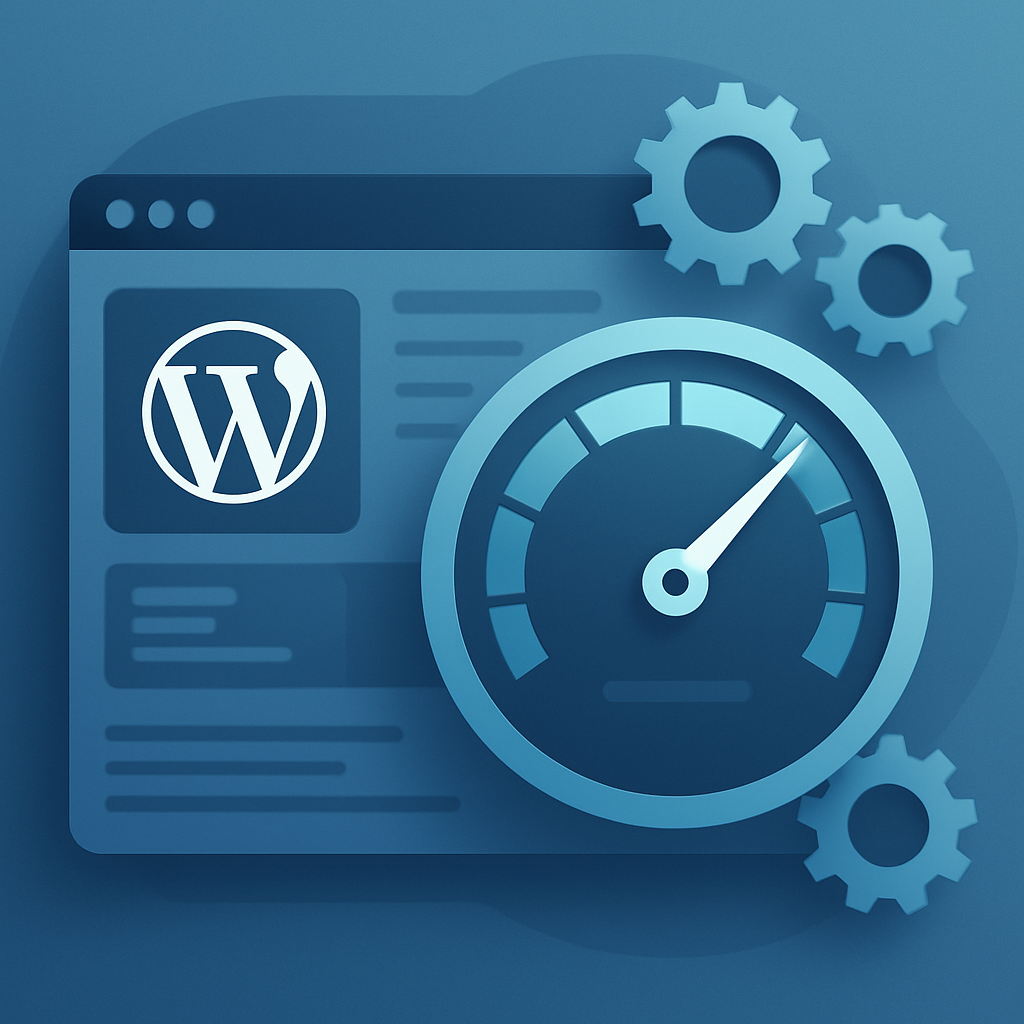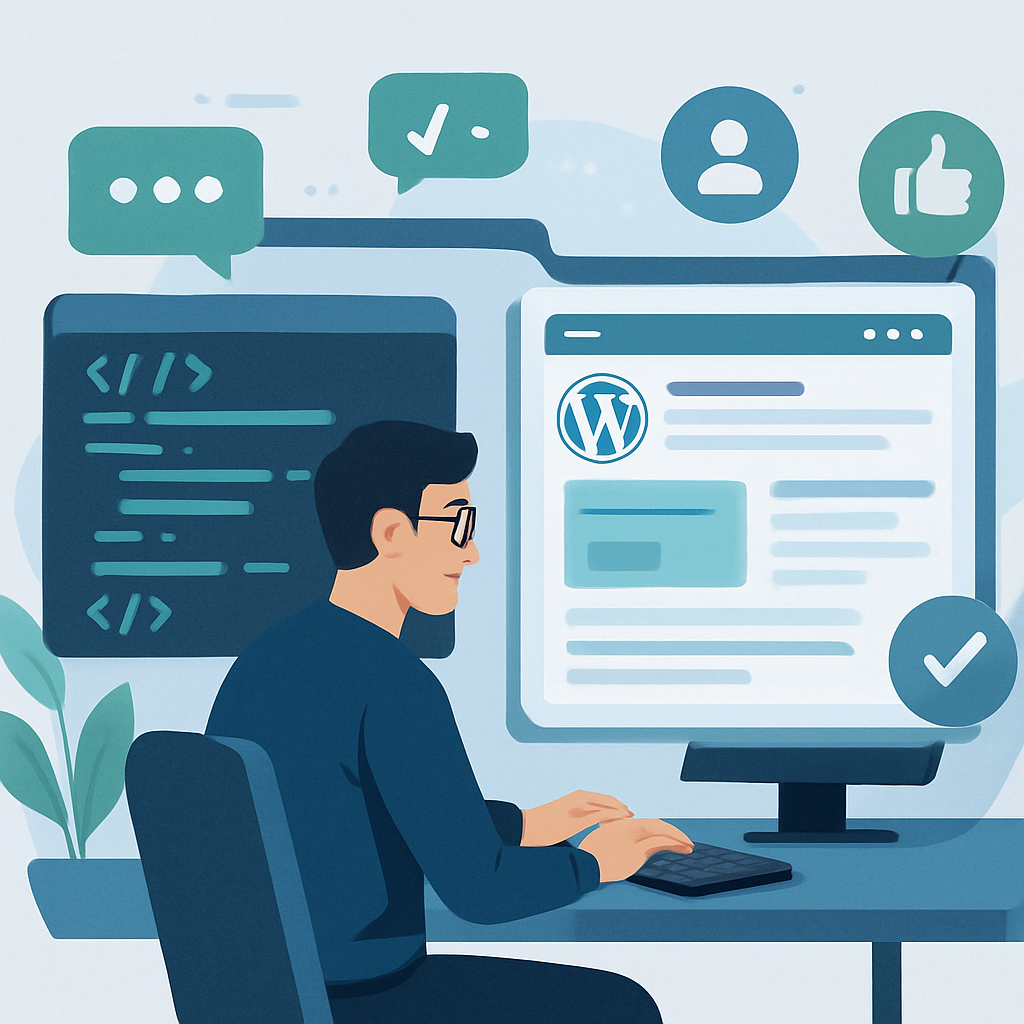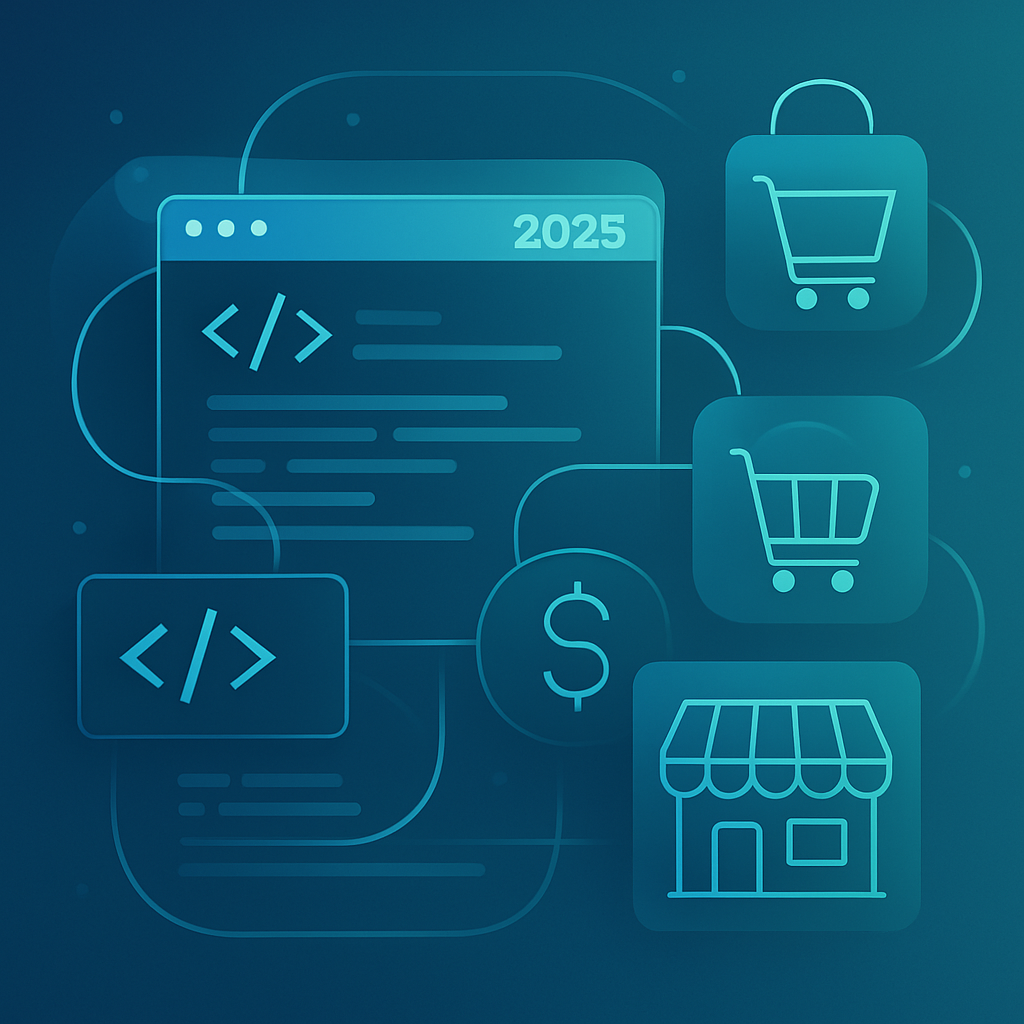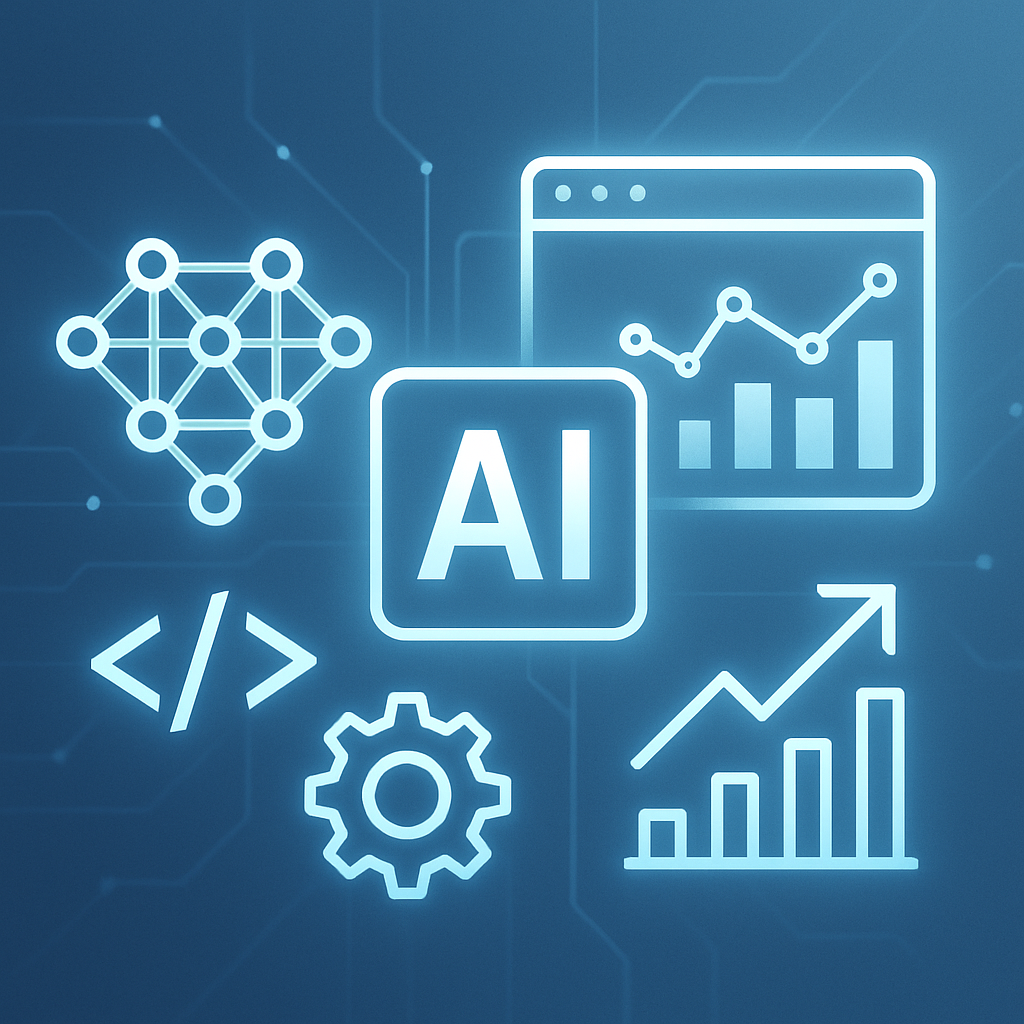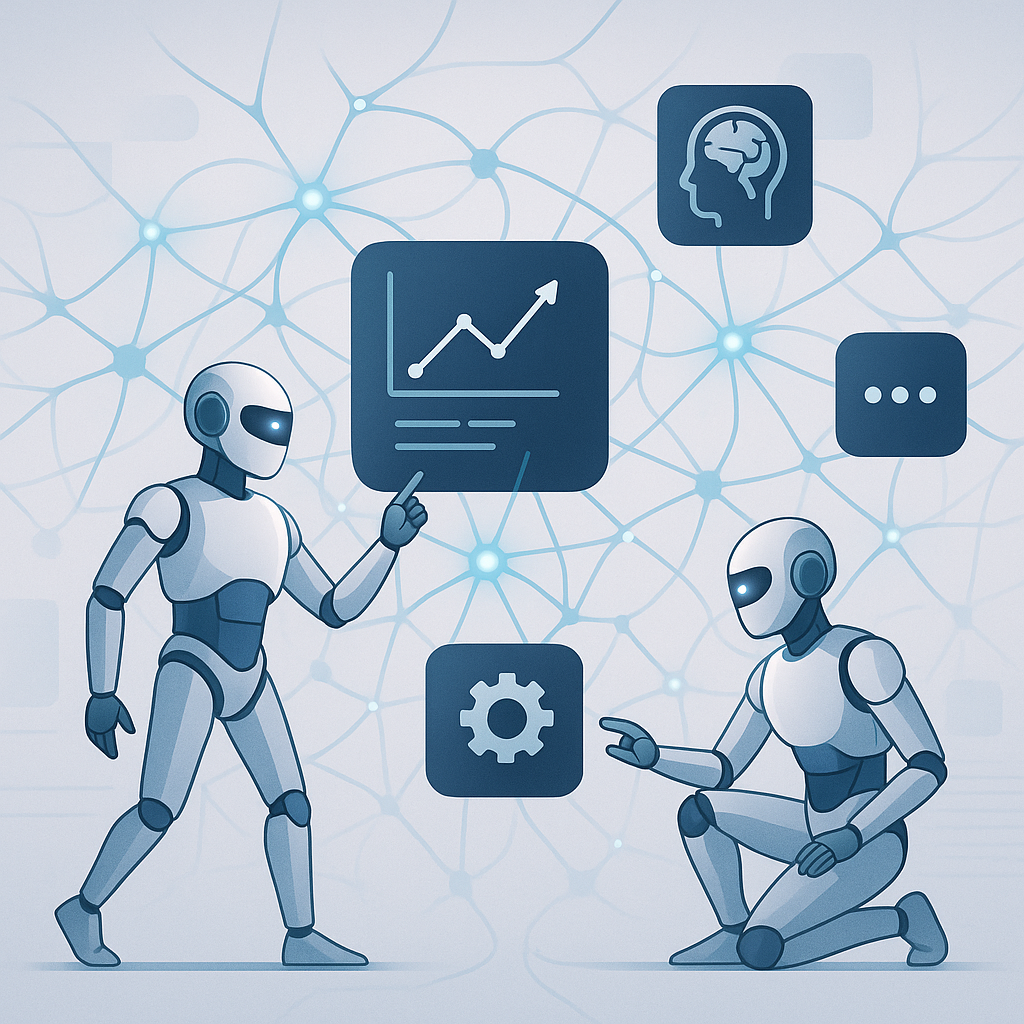
AI Transformation: Revolutionizing Autonomous Agents in Artificial Intelligence
Introduction to AI Transformation and Autonomous Agents
In the rapidly evolving field of artificial intelligence, AI transformation has become a catalyst for innovation, redefining the capabilities and roles of autonomous agents inside AI systems. an agent in artificial intelligence refers to any entity capable of perceiving its environment through sensors and acting upon that environment to achieve specific goals. With breakthroughs in machine learning, deep learning, and adaptive algorithms, these autonomous agents have transcended simple programmed systems, becoming dynamic, context-aware, and self-improving actors.
Defining Autonomous Agents in AI
Autonomous agents are software or hardware entities equipped with the ability to independently make decisions and perform tasks without constant human intervention. Unlike scripted or rule-based systems, autonomous agents integrate learning and adaptation, processing real-time data to respond intelligently to complex environments.
For example, an autonomous vehicle is an AI agent that processes sensor inputs, traffic data, and navigational knowledge to safely drive without a human driver. Similarly, a smart assistant operating in a distributed network can negotiate resource allocation dynamically — illustrating the growing scope of autonomy in AI agents across domains.
Evolution Driven by AI Transformation
The transformation in AI consists of three primary pillars impacting autonomous agents:
- Advanced Perception and Sensing: State-of-the-art sensor arrays coupled with AI-driven perception models allow agents to interpret vast and varied data like images, natural language, and real-world signals.
- Enhanced Decision-Making and Learning: Reinforcement learning, meta-learning, and continuous online learning equip agents with the capability to improve their policies and strategies over time.
- Integration and Collaboration: Autonomous agents are increasingly networked, collaborating with other agents or humans to solve complex problems beyond individual capacities.
Practical Examples Illustrating AI Transformation of Autonomous Agents
1. Autonomous Agents in Supply Chain Logistics
Modern supply chains utilize AI agents that autonomously optimize routing, inventory levels, and delivery schedules. These agents leverage real-time data from IoT devices and predictive analytics to anticipate disruptions and re-route logistics dynamically, leading to unprecedented efficiency gains.
2. Autonomous Financial Trading Agents
In financial markets, autonomous agents act as independent traders, analyzing market signals and executing trades at speeds and scales impossible for human traders. AI transformation enables them to learn market behavior nuances, adapt to volatility, and manage risk autonomously, shifting the trading landscape.
3. Personalized Healthcare Autonomous Assistants
Healthcare providers deploy autonomous agents that monitor patient vitals and behaviors through wearables, making immediate adjustments in treatment plans or alerting professionals when intervention is necessary. These intelligent systems are evolving into critical partners for patient care.
Challenges Encountered During AI Transformation of Autonomous Agents
Despite remarkable advances, transforming autonomous agents through AI poses several challenges:
- Ethical Decision-Making: Embedded autonomy raises questions about accountability when agents make morally sensitive decisions without human oversight.
- Security and Robustness: Autonomous systems must withstand adversarial attacks and operate reliably in unpredictable environments.
- Interpretability: Understanding the reasoning of complex autonomous agents remains difficult, impacting trust and regulatory compliance.
The Future of Autonomous Agents Driven by AI Transformation
Looking ahead, the trend toward hybrid intelligence, where autonomous agents complement human expertise through transparent collaboration, is expected to dominate. Advances in causal reasoning, explainable AI, and ethical frameworks will further empower these agents.
The growing deployment of autonomous agents across industries—ranging from industry automation and environmental monitoring to creative fields—underscores their transformative potential in 2025.
Conclusion
AI transformation continues to revolutionize the design, capabilities, and applications of autonomous agents in artificial intelligence. These agents, once constrained to limited, rule-based functions, are now dynamic entities capable of learning, adapting, and collaborating autonomously. By harnessing these innovations responsibly, society can unlock new frontiers of intelligence that shape the future of technology and human interaction.
